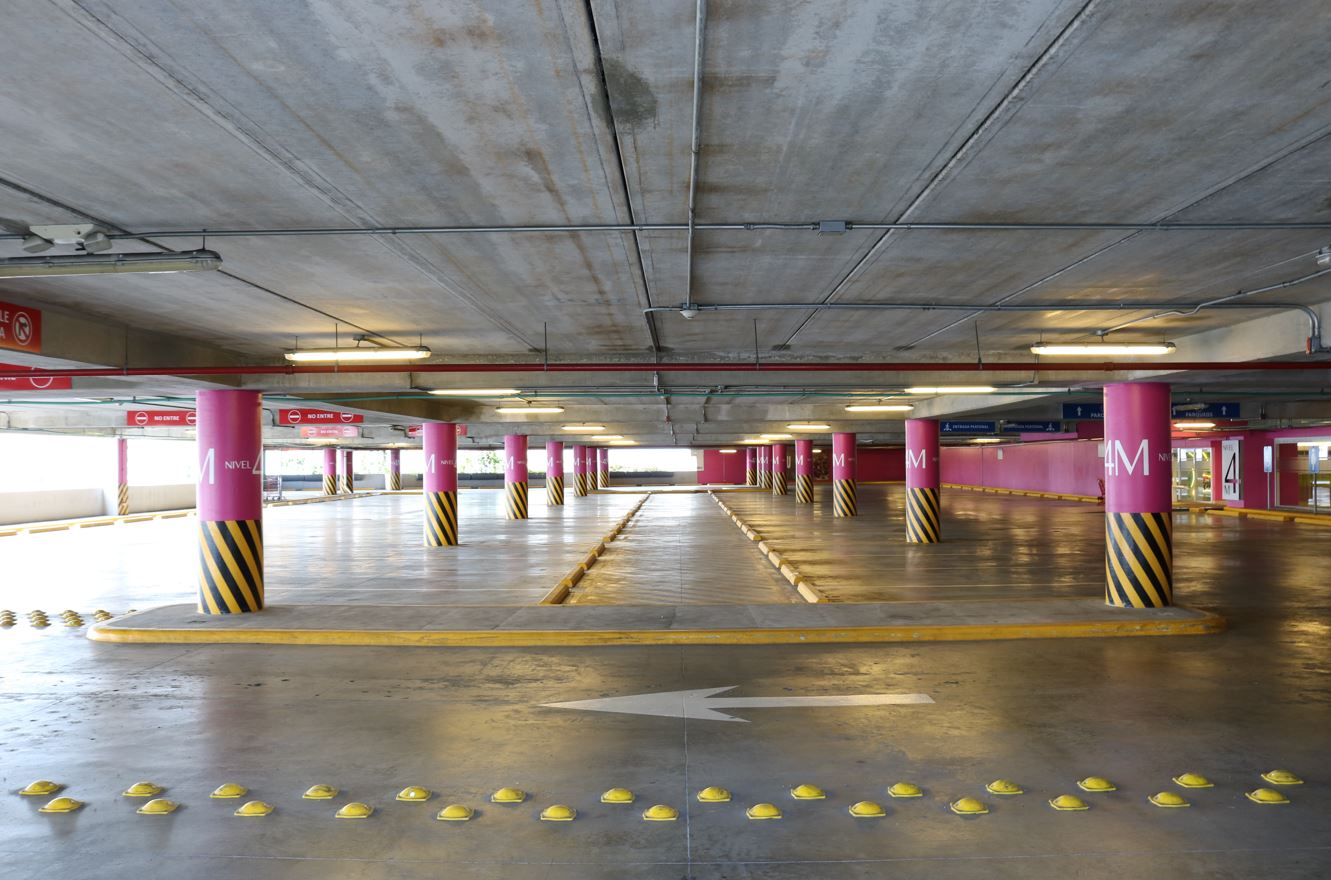Our perspective on parking in Uptown
The comments below were presented to Charlotte City Council at their October 11, 2021 meeting by our Urban Design Specialist Eric Zaverl and Charlotte Mecklenburg Climate Leaders steering committee member Martin Zimmerman:
Good Evening Mayor Vi Lyles, ProTem Julie Eiselt, and City Council,
My name is Eric Zaverl. Tonight I am speaking about the Charlotte CENTER CITY 2040 Vision Plan draft. As a quick reminder, I was a part of the Charlotte Moves Taskforce and currently serve on the Ordinance Advisory Committee. I am also the Urban Design voice for Sustain Charlotte, and I am an affiliate with the Charlotte Mecklenburg Climate Leaders.
My work and graduate degree from UNC Charlotte have allowed me to understand the connections between parking, providing better transportation choices, and land use/regulations/zoning. The current wording in the CENTER CITY 2040 VISION PLAN draft states: “Eliminate parking minimums for new development. And, once the Region and City has built out a more comprehensive transit system, consider establishing parking maximums.” (Section 2D – 2).
Uptown and our most intense centers must eliminate all zoning minimums and establish aggressive maximums now. We enthusiastically support both inclusions in the Vision Plan’s draft. While it may seem logical to wait several more decades to place maximums in Uptown and the surrounding neighborhoods, such a delay would only further undermine past and future transportation investments. It also will not get the City closer to its environmental and carbon reduction goals, which are priorities we all share.

The UDO draft currently proposes parking maximums in districts like Uptown / South End.
The wording in the Vision Plan draft needs to align with the UDO to reflect solid commitments from the City, County and Center City Partners on maximums for off-street parking in the vicinity of light rail, CATS bus and Gold Line streetcar alignments.
The Vision Plan also needs language on shared parking solutions. These strategies could save millions of dollars that otherwise would build costly private parking garages for every new development. That money saved can be reinvested by developers for a variety of much needed community service needs, especially workforce housing.
We also recommend a comprehensive parking plan (CLICK HERE) for our Regional, Community, and Neighborhood Centers, future TODs on the Silver Line, or elsewhere, and where single-family or missing-middle housing is close to those centers. This Comprehensive Parking plan could commence in conjunction with the UDO, allowing coordination with all aspects of both plans. The upcoming Strategic Mobility Plan would be an excellent source for such a plan.
From an overall management perspective, having more public and less private parking along with dynamic pricing which includes neighborhood parking permits in specific locations would go a long way to solving our parking problems. Because even in cities like New York and Chicago, with high residential densities and great transit systems, abundant and redundant parking encourages dependence on private auto travel and perpetuates a dysfunctional transportation system overall.
We applaud a Vision Plan which promotes ambitious strategies for social equity, quality of life and carbon reductions. But excessive parking is fundamentally incompatible with the achievement of these overarching themes.
Thank you very much for this opportunity to speak with you tonight.
